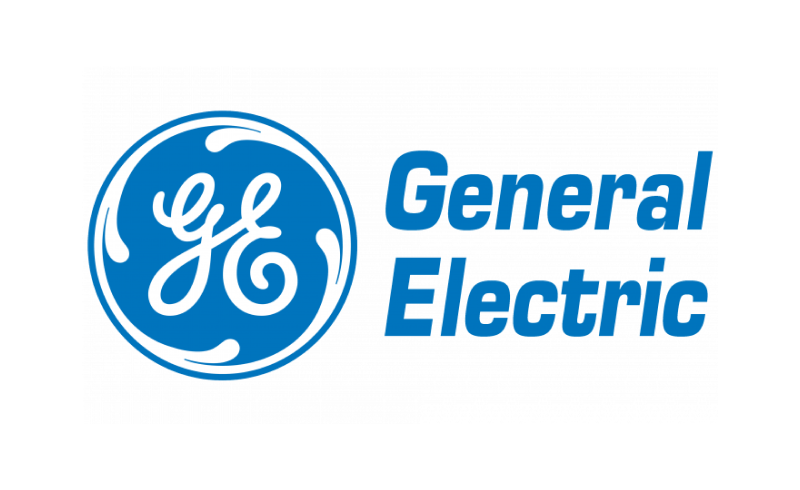
Docker offers organizations Platform as a Service through a container orchestration system. This open source platform is incredibly popular among developers, despite being considered difficult to learn. This difficulty is, in part, limited by the community support available to developers and organizations, regardless of the requirements or queries.
What is Docker?
Docker is an open source container orchestration system that offers Platform as a Service (PaaS) to developers. Docker is a platform specifically designed to enable the development of distributed applications.
Initially released as open source in 2013, Docker began by using Linux Containers (LXC). One year later, Docker version 0.9 was released which replaced Linux Containers with the bespoke Libcontainer component, written in Go.
Docker is rapidly growing in popularity, with available content and containers, known as Docker Images, increasing from approximately 1 million in 2014 to over 8 billion in 2017.
How does Docker work?
Docker is a container orchestration platform which stores information in the form of Docker Images in containers. These containers are automatically managed by Docker and can be easily scaled both horizontally and vertically. Collections of these containers are grouped together by Docker and formed into pods. These pods can consist of any amount of containers.
Docker images are templates used for building containers. They are read-only files that consist of libraries, dependencies, source code and other files. One main benefit of Docker Images is the reduced disk space required. Docker additionally provides access to Dockerfile, a script that contains instructions on how to build Docker Images, and DockerHub, a cloud based library consisting of over 100,000 Docker Images which are readily available to all developers.
Docker works on a client-server architecture in which the client sends requests to the Docker engine, named Docker Daemon. Docker Daemon waits for API requests and accesses objects such as images, containers, pods and networks. Docker engines can communicate with other Docker Daemons to manage additional services.
Docker Daemon is split into three parts. These are: Server, Rest API and Command Line Interface. The server is responsible for creating and managing containers. The Rest API communicates between programmes and Docker, providing instructions to Docker. The Command Line Interface simply runs Docker commands.
Why your organization should use Docker
Having been in the industry since 2013, Docker has almost 10 years of experience with container based platforming. This, along with the rapidly and continually growing ecosystem and community user base make Docker an increasingly viable option for any developer.
Arguably, one of the main reasons to use Docker is the container based architecture. Virtual Machines can often take several minutes to set up and often lead to a “clunkier” user experience. Containers can be set up in milliseconds and offer excellent performance and speed for the end user.
Features of Docker
There are countless features available with Docker that make it one of the most popular container orchestration systems for developers. One of these main features is Docker Swarm, a tool that runs docker applications by deploying docker nodes, referred to as Docker Daemons, in clusters. Some specific features include:
Docker Hub
A public registry of Docker images that allows developers to easily share and access pre-built images.
Docker Compose
A tool for defining and running multi-container Docker applications. It lets developers specify the dependencies between containers and start, stop, and scale up the entire application stack.
Docker Swarm
A native clustering and orchestration tool for Docker. It means developers can create a swarm of Docker nodes and manage them as a single resource.
Dockerfile
A declarative configuration file that specifies the instructions for building a Docker image. This file can be versioned and shared, allowing for easy collaboration among developers.
Docker Desktop
A desktop application for Windows and Mac that provides an easy-to-use interface for managing Docker images, containers, and applications.
Docker APIs
Docker provides a comprehensive set of APIs that allow developers to automate and integrate Docker into their existing workflows and toolchains.
The advantages of docker for modern software development
Docker is a widely used platform in software development that allows developers to create, ship, and run applications in containers. Its popularity is due to the many advantages it offers, including increased speed and performance for end-users, faster deployment of updates and changes, the ability to easily rollback to earlier versions, improved security, automation of repetitive tasks, and cost-effectiveness.
| Containerization for efficient resource utilization | Containerization allows applications to run in isolated, lightweight containers. This approach maximizes resource utilization by running multiple containers on a single host without the need for separate virtual machines. |
| Rapid application deployment and scaling | Deploying applications is faster and simpler as containers can be created, started, and stopped within seconds, facilitating rapid deployment and easy scaling to handle fluctuating workloads. |
| Simplified Dependency Management | Dependency management is simplified by packaging applications and their dependencies into containers. This eliminates conflicts and versioning issues, making it easier to manage complex software stacks and ensuring reproducible builds. |
| Isolation and security | Docker provides process isolation, ensuring that applications and their dependencies are isolated from each other and the host system. This improves security by minimizing the attack surface and preventing applications from interfering with one another. |
| Efficient Continuous Integration and Continuous Deployment (CI/CD) | The lightweight containers and portable images facilitate integration with CI/CD pipelines. Developers can easily build, test, and deploy applications using Docker, improving development efficiency and accelerating release cycles. |
| Scalability and load balancing | Docker simplifies scaling by allowing applications to be divided into microservices running in separate containers. Docker Swarm or Kubernetes can be used to manage container clusters, providing efficient load balancing and horizontal scalability. |
| Versioning and rollbacks | Docker allows versioning of container images, making it easy to track and roll back to previous versions if issues arise. This helps maintain application stability and simplifies the process of managing software releases. |
| Ecosystem and community support | A thriving ecosystem and a large community of users, contributes to the availability of pre-built images, open-source tools, and extensive documentation. This support network makes it easier to adopt and leverage Docker in various scenarios. |
| Flexibility and compatibility | Docker integrates well with existing infrastructure and technologies, making it a flexible choice for a wide range of applications. It supports multiple operating systems, platforms, and programming languages, helping with compatibility and flexibility in deployment. |
Who uses Docker?
Docker has rapidly gained popularity since its release in 2013, with millions of developers and organizations worldwide adopting it as their go-to platform for containerization and application deployment. As of 2017, over 8 billion Docker images had been downloaded. Docker currently controls approximately 27% of the market share for containerization.
There are many well-known companies and organizations that have adopted Docker, including:

Spotify: The music streaming giant uses Docker to deploy and manage their microservices-based architecture. Docker allows Spotify to quickly deploy new features and updates to their platform, while also improving performance and scalability.

PayPal: Docker is used to run production workloads and has reported significant improvements in efficiency and cost savings. Docker’s flexibility and portability have allowed easy migration of applications across different environments and cloud providers.

GE: General Electric has adopted Docker as part of their Predix platform, which is used for building and deploying industrial applications. Docker’s ability to simplify the deployment and management of complex applications has made it an integral part of GE’s development process.

Visa: Visa has implemented Docker as part of their continuous integration and delivery pipeline, allowing them to rapidly test and deploy new features to their payment processing platform. Docker has also helped Visa to reduce their infrastructure costs and improve application performance.
Understanding the limitations of Docker
Although Docker offers numerous advantages, it’s essential to consider the potential drawbacks associated with its usage. Some of the disadvantages of using Docker include aspects such as the learning curve, performance impact, security concerns, compatibility challenges, resource management among several others.
| Learning curve and complexity | Oracle’s licensing and maintenance costs can be relatively high, especially for larger organizations or those requiring advanced features, which may pose budgetary challenges for some businesses. |
| Overhead and performance impact | Due to its extensive range of products and features, Oracle’s solutions can have a steep learning curve, requiring significant time and resources to fully understand and effectively implement within an organization. |
| Security concerns and vulnerabilities | Once organizations have invested heavily in Oracle’s ecosystem, migrating away from Oracle’s technologies and platforms can be challenging and costly, potentially leading to vendor lock-in. |
| Compatibility and dependency challenges | Some users have reported dissatisfaction with Oracle’s support services, citing issues such as delayed response times and difficulty in resolving technical issues promptly. |
| Container sprawl and resource management | Oracle’s solutions may have limited compatibility with non-Oracle systems, which can create integration challenges and complexities when working with third-party software or legacy systems. |
| Limited Windows support | Administering and managing Oracle databases can be complex, requiring specialized skills and expertise, which may result in the need for dedicated database administrators or additional training for existing staff. |
| Persistence and stateful applications | Oracle’s solutions, particularly its database technology, can be resource-intensive in terms of hardware requirements and memory usage, necessitating robust infrastructure and potentially adding to operational costs. |
| Continuous maintenance and updates | While Oracle offers cloud solutions, some users have expressed concerns about the limited flexibility and customization options available when deploying their applications and services in the Oracle Cloud Infrastructure. |
| Potential resource contentions/span> | The release cycles of Oracle’s software and updates can be relatively long, leading to longer periods between major feature enhancements and potentially slower adoption of emerging technologies. |
| Complexity in networking and service discovery | Managing Oracle licenses can be complex, with intricate licensing models and requirements, requiring careful attention to ensure compliance and avoid unexpected costs. |
